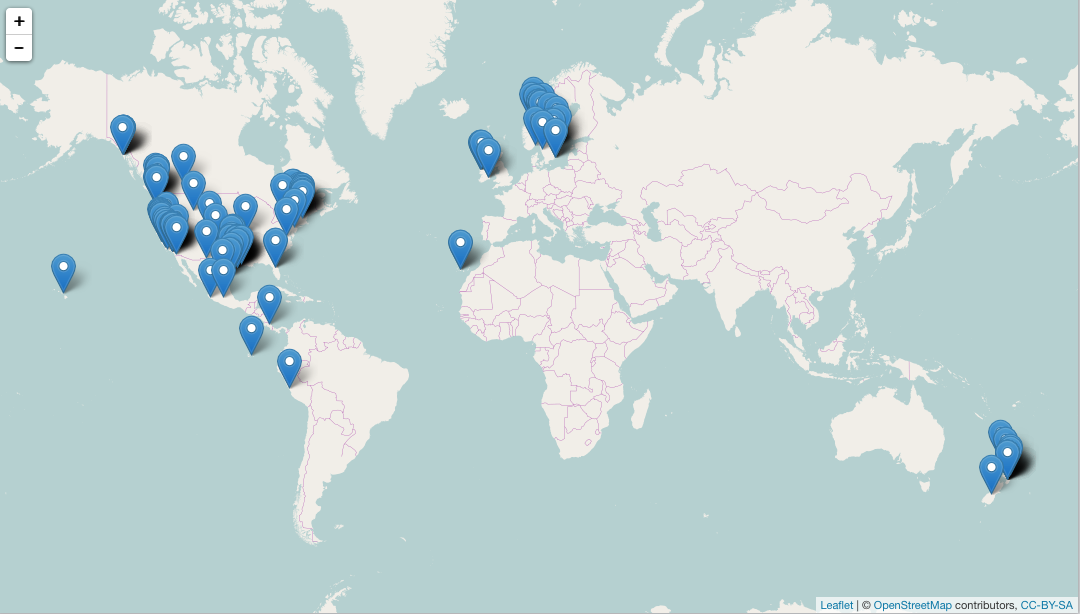Imagine you are a fish ecologist who compiled a list of fish species for your country. 🐟 Your list could be useful to others, so you publish it as a supplementary file to an article or in a research repository. That is fantastic, but it might be difficult for others to discover your list or combine it with other lists of species.
Messaggi di Rogue Scholar

One of the goals of the rOpenSci is to facilitate interoperability between different data sources around web with our tools. We can achieve this by providing functionality within our packages that converts data coming down via web APIs in one format (often a provider specific schema) into a standard format. The new version of rWBclimate that we just posted to CRAN does just that.

The iNaturalist project is a really cool way to both engage people in citizen science and collect species occurrence data. The premise is pretty simple, users download an app for their smartphone, and then can easily geo reference any specimen they see, uploading it to the iNaturalist website. It let’s users turn casual observations into meaningful crowdsourced species occurrence data.

UPDATE: mapping functions are in a separate package now (mapr). Examples that do mapping below have been updated. The rOpenSci projects aims to provide programmatic access to scientific data repositories on the web. A vast majority of the packages in our current suite retrieve some form of biodiversity or taxonomic data.
In the wiki examples I've been developing I've been trying to model names using the TDWG LSID vocabularies, particularly TaxonName. Roger Hyam has obviously put a huge amount of work into developing these, and they handle just about everything I need. However, I think that there's one thing missing, namely a way to express the logical relationship between the parts of a multinomial taxonomic name.